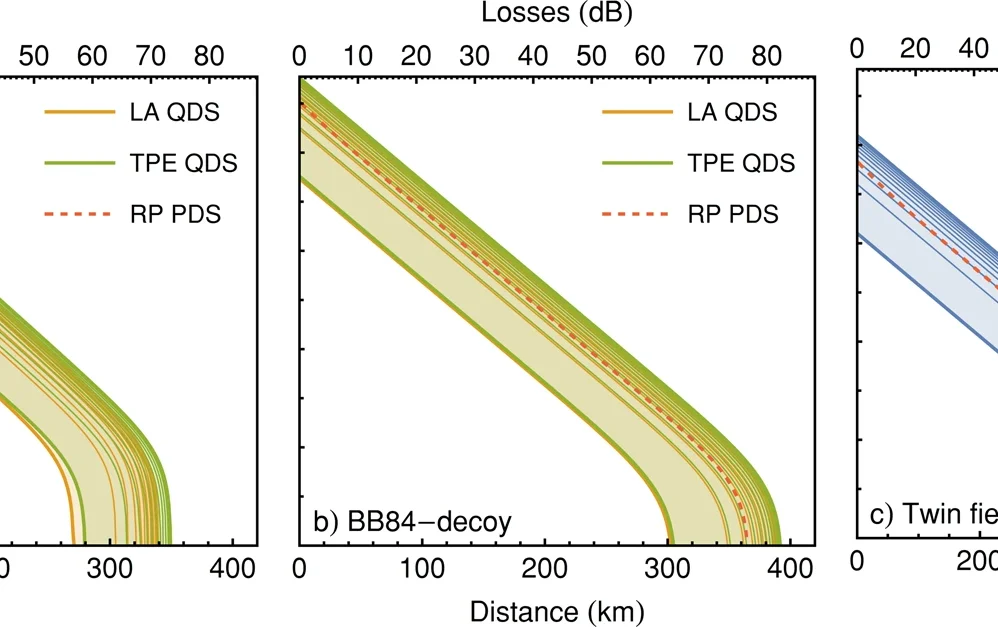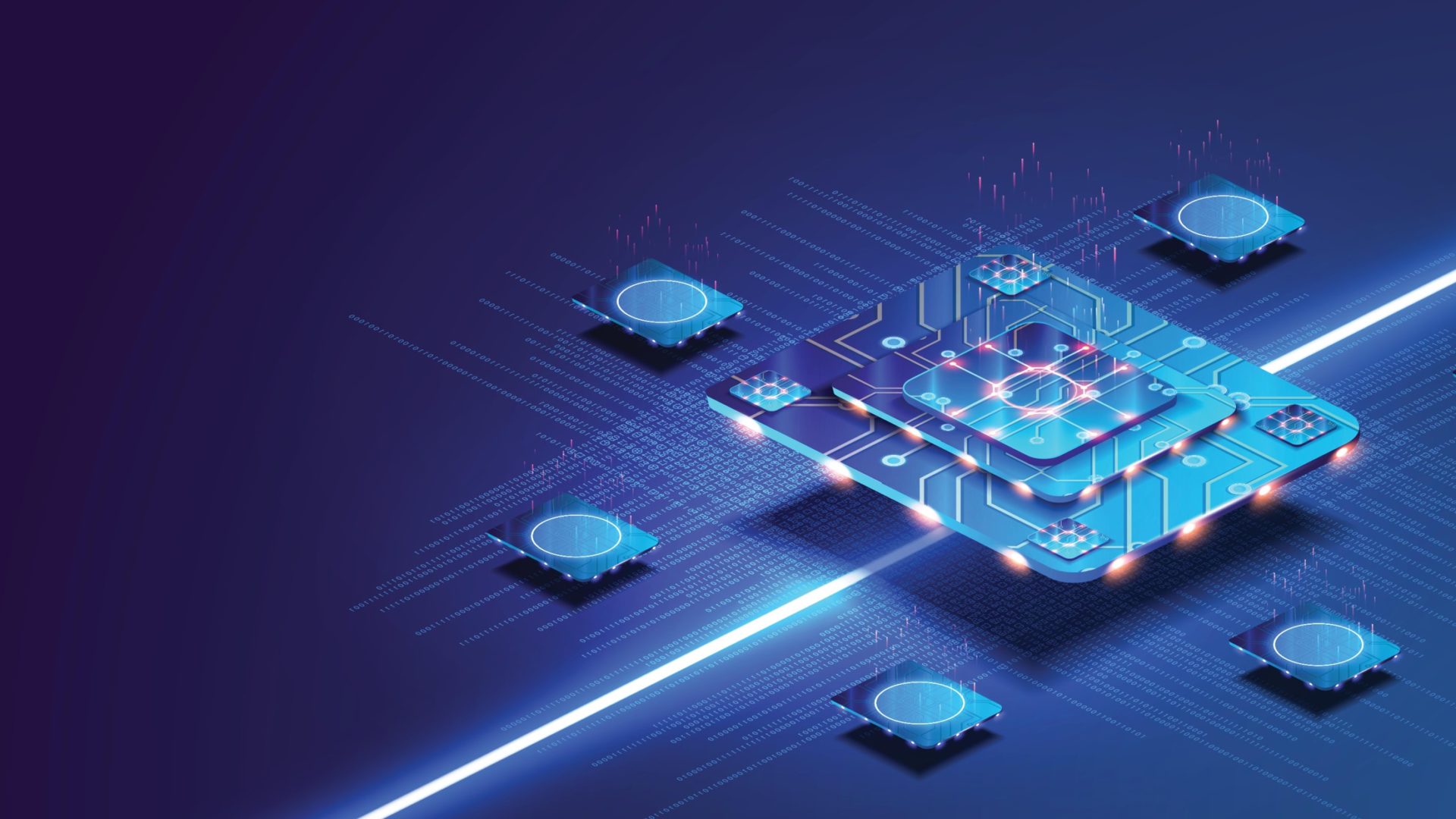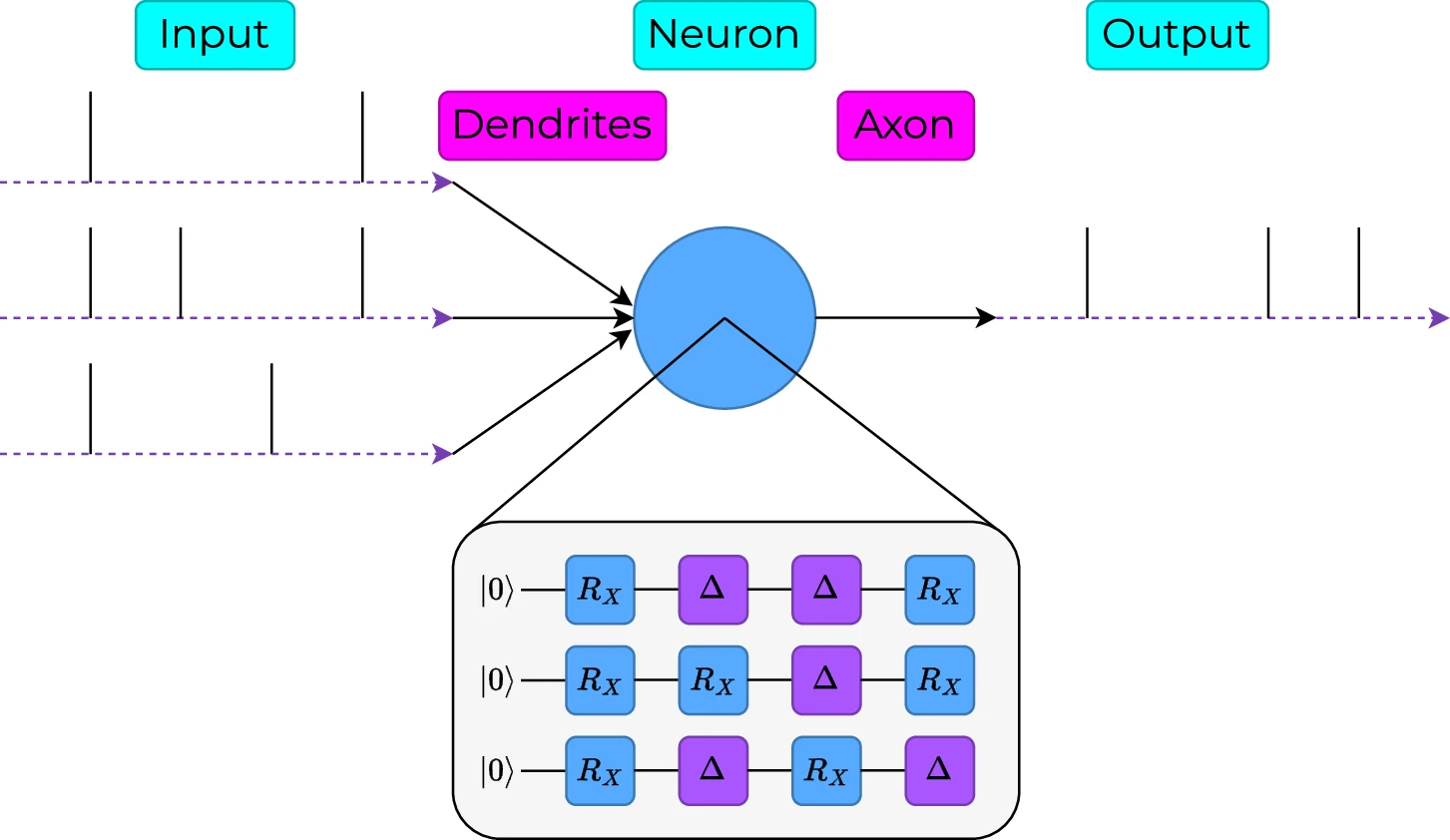Quantum cryptography leverages single photons to achieve security levels impossible with classical methods. This paper explores how Quantum Dot-based Single-photon sources (QDS) can enhance quantum cryptographic systems, particularly through their ability to control coherence in photon-number states.
This research comes at a crucial time, as quantum computing threatens traditional encryption methods. While conventional cryptography relies on computational complexity, quantum cryptography offers information-theoretic security based on fundamental physics principles. This approach encodes information in quantum properties of light, including photonic path, time-bin, polarization, and photon number. The uncertainty principle ensures that any eavesdropping attempt disturbs the quantum states in a detectable way.
QDS systems stand out for their ability to generate photons on-demand with high brightness and minimal multiphoton emissions. This gives them an advantage over Poisson-Distributed Sources (PDS) like attenuated lasers and down-conversion sources, which face an inherent trade-off between brightness and multiphoton emission rates. While previous implementations of Quantum Key Distribution (QKD) with QDS focused mainly on brightness and purity metrics, this work explores additional tuning capabilities that can enhance security.
The study optimizes three main optical pumping schemes through intra-cavity simulations of quantum dot dynamics. A key finding is that photon-number coherence from QDS can be selectively preserved or erased to improve practical QKD performance while meeting fundamental security requirements. The research also demonstrates how mistrustful quantum cryptography applications could benefit significantly from these features.
This paper examines four primary quantum cryptographic primitives:
- Quantum key distribution (including standard BB84, decoy, and twin-field protocols)
- Unforgeable quantum tokens
- Quantum strong coin flipping
- Quantum bit commitment under storage assumptions
For each primitive, the researchers identify optimal optical pumping configurations and compare performance against traditional Poisson-distributed sources. They specifically highlight the advantages of using phonon-assisted and two-photon excitation over resonant excitation for various cryptographic applications.
This work bridges quantum dot and quantum cryptography research communities by providing practical guidance for developing photon sources optimized for quantum communication tasks. The findings suggest that QDS systems can significantly extend the distance and rate of secure quantum communication compared to current approaches. The research has particular relevance for telecommunications applications, as it emphasizes performance at telecom wavelengths.
The paper demonstrates that QDS systems offer a unique combination of benefits through their brightness, single-photon purity, and controllable photon-number coherence. These advantages make them promising candidates for implementing secure quantum communication networks and advancing the development of a quantum internet.
npj Quantum Information, Published online: 08 September 2022; doi:10.1038/s41534-022-00626-z



